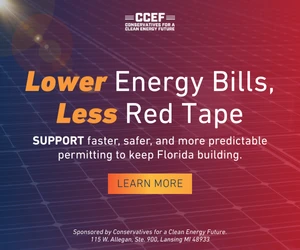Rents for homes and apartments have soared nationwide over the past year, and Florida remains at the heart of a problem overwhelming U.S. consumers, according to an analysis of 107 rental markets by researchers at Florida Atlantic University (FAU), Florida Gulf Coast University (FCGU) and the University of Alabama.
Based on year-over-year rent increases, many of the top markets are in Florida including Miami and Fort Lauderdale, the Northport-Sarasota-Bradenton area, Fort Myers, Tampa, Port St. Lucie, Lakeland, Daytona Beach, Jacksonville, Orlando and Melbourne placing in the top 15 when it comes to the largest premium.
Renters in Fort Myers, on Florida’s west coast south of Tampa, have been hit particularly hard. The average rent there for April was $2,073, up 32.38 percent from a year ago, the nation’s largest increase.
In terms of the largest premium paid by renters, metro Miami (including Miami-Dade, Broward and Palm Beach Counties) remains the most overvalued market at 22.07 percent. The average monthly rent in the Miami area climbed to $2,846, even though historical leasing figures indicate the average should be only $2,331.
The full rankings for April can be found here.
The researchers at FAU, Florida Gulf Coast University and the University of Alabama say Florida has been hammered by spiking rents because demand increased during the pandemic while supply chain issues and rising material costs have hampered builders from adding supply. In some landlocked areas, such as Miami, finding available property to develop is a major challenge.
“For some people, renting was the only way they could afford to live in Florida, and now that’s becoming a burden, too,” said Ken Johnson, an economist in FAU’s College of Business. “I think you’ll see more renters take on roommates and cut back on eating out because it’s either that or they won’t be able to pay the rent.”
Johnson, Bennie Waller of Alabama and Shelton Weeks of FGCU, started analyzing rental markets in Florida earlier this year before expanding the study nationwide.
They use past leasing data from Zillow’s Observed Rental Index to statistically model historical trends from 2014 and determine where rents should be now and compare those to existing rents. The difference between the two is the premium renters are paying. The higher the premium, the more overvalued a market is.
“The way out of this is to add more rental units to the marketplace,” said Waller of the Alabama Center for Real Estate. “But it’s just not realistic to expect a bunch of new projects in the near term, given the supply chain problems and the often slow pace of government approvals facing developers before they can put a shovel in the ground.”
In the vast majority of the markets surveyed, rents are far above their long-term trends, but there is evidence that rent growth is slowing in some areas.
On a month-to-month basis, the average rent in 11 markets has declined slightly. Those areas include: Augusta, Georgia; Youngstown, Ohio; and New Orleans.
“Depending on the market, some rents may be stabilizing, but they’re still much higher than they were a year or two ago,” said Weeks, of FGCU’s Lucas Institute for Real Estate Development & Finance. “It’s incredibly painful for middle-class budgets.”













